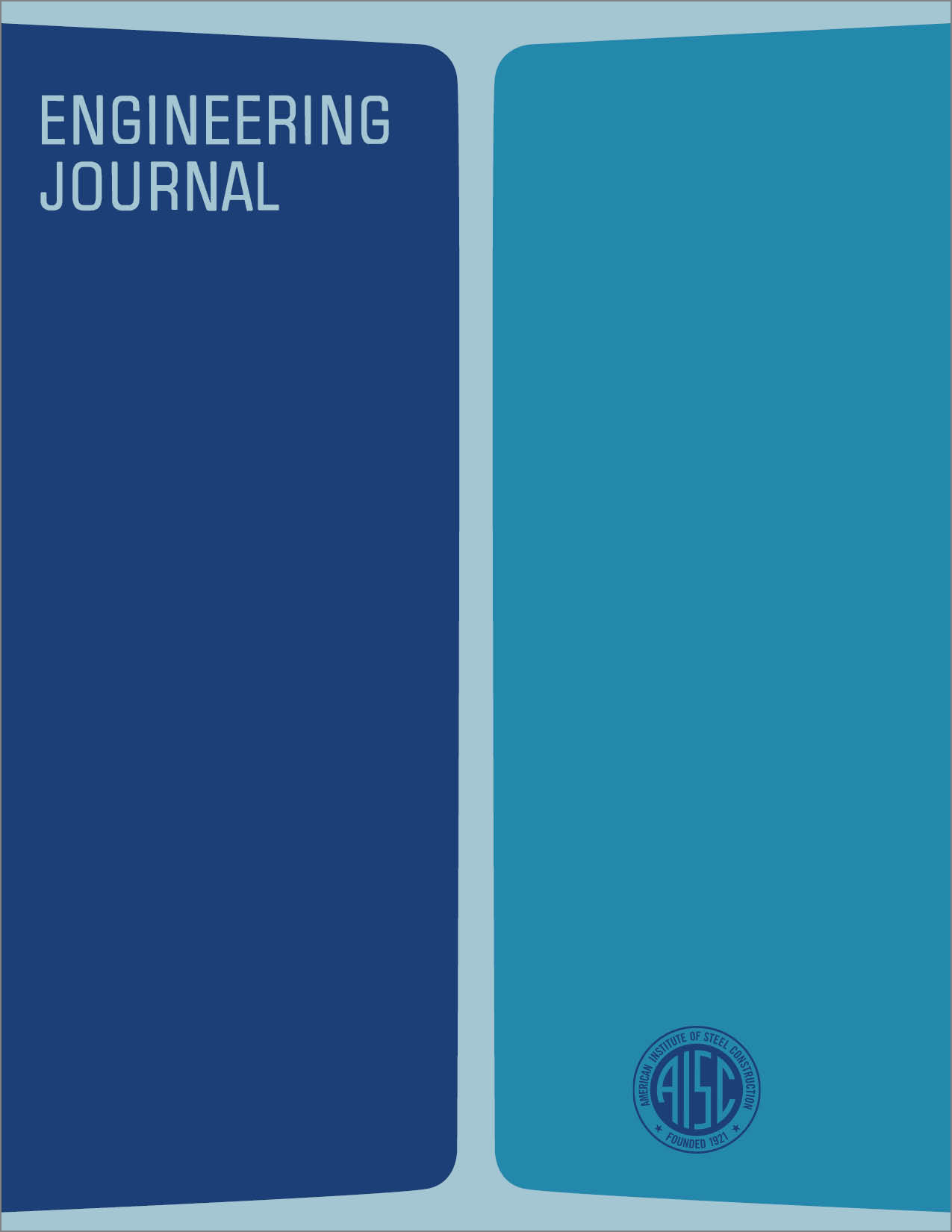Structural System--Getty Plaza Tower
DOI:
https://doi.org/10.62913/engj.v21i1.406Abstract
In areas of strong seismic activity, the lateral load resisting structural systems for buildings need to be designed with appropriate stiffness and ductility, which are often counter objectives. Adequate stiffness is needed to resist building displacement during wind and moderate earthquake loadings, primarily in order to control damage to non-structural elements—and for taller buildings to mitigate perception of building sway during frequent wind storms. Secondly, adequate ductility is needed in the structural elements and connections as well as in the overall structural system to provide sufficient reserve of strength at large displacement to absorb severe earthquakes without building collapse. The need to provide overall building stiffness and strength at least cost has lead to development of various structural framing systems. In particular, the braced-frame and tubular framing systems have gained a wide acceptance with structural steel application. A framed-tube structure typically has closely spaced perimeter columns that are interconnected at floor levels with deep spandrel beams, thereby creating a relatively rigid peripheral grid. The shear lag along the flange frames is greatly reduced, thus improving the effective cantilever stiffness of the overall structure.

